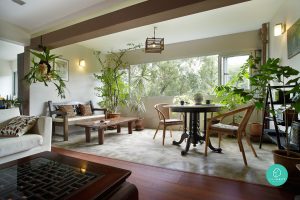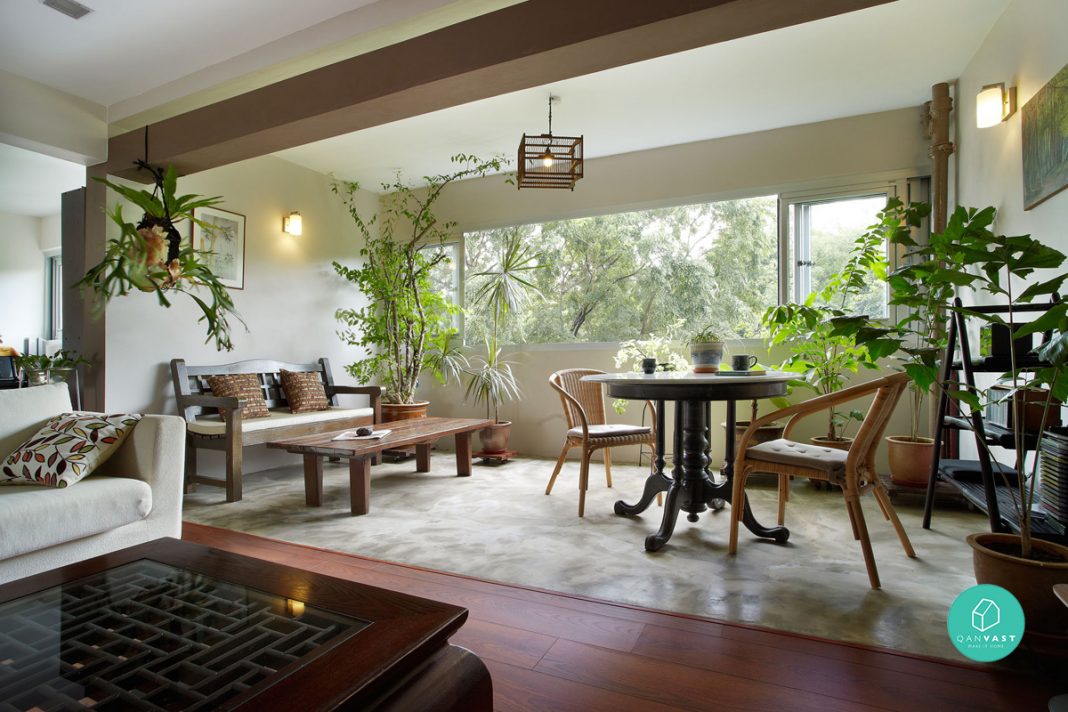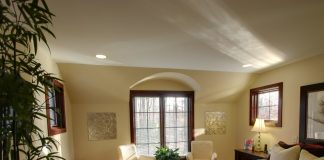Ecofriendly interior design ideas?
What is “Eco-friendly” Interior Design?
 Most people have heard the term “eco-friendly” or “green” interior design. But, not everyone understands exactly what it means. Green or eco-friendly interior design focuses on improving indoor air quality as well as reducing the impact that furniture purchases have on the environment.
Most people have heard the term “eco-friendly” or “green” interior design. But, not everyone understands exactly what it means. Green or eco-friendly interior design focuses on improving indoor air quality as well as reducing the impact that furniture purchases have on the environment.
Tips in Creating an Eco-Friendly Interior
It is always important to consider those who are living in a home. It is not just the beauty of that house that matters but also the well-being of the homeowners and the visitors as well. Aside from looking into the safety of a home, it is also important that the health of the people in it is considered. Home designing is not merely on aesthetics but it also includes the proper usage and choice of items and materials to be used that would not be harmful to one’s health. When the health of the homeowners is being taken into consideration, one is actually aiming for an eco-friendly interior.
They say it’s what’s inside that counts. In terms of your home, when said interior consists of sustainable options, all the better. When it comes to home interiors, sustainability generally denotes eco-friendly decoration and design, using materials that focus on improved air quality and reduced environmental impact. Below is a list of eight sustainable strategies to make your home’s interior eco-friendly.
Here are some tips/ideas we’ve compiled for you for an eco-friendly interior
- Use plants as decorations
This is a no-brainer. Plants provide oxygen, and filter out harmful chemicals from the air. Plus, they offer a natural beauty, ambience and freshness, bringing a little of the outside into your home. Think mint or pine’s refreshing scent, or any number of flowers’ lovely fragrances. Lilies, bamboo palm or gerbera daisies especially do wonders in improving air quality.
- Let the light in
The right lighting can make all the difference in space. If you live in a cold climate, always try to maximise the natural sunlight in your space by freeing windows of heavy curtains and blinds – just ensure that your windows are completely secure in terms of insulation so no heat escapes and no unwanted cold enters in. Double glazing and proper window accoutrements like caulking and weather-stripping help reduce air leakage. Another tip is to make spaces as bright as they can be. Avoid painting walls in dark colours, and if possible, arrange rooms so that bedrooms and bathrooms face north (with less sun) and kitchens and living rooms face the sunnier south.
- Avoid decorating products with VOC content
Volatile organic compounds (VOC) are organic chemicals that easily evaporate at room temperature. They can be found in many common household products including paints, adhesives, household cleaning products, air fresheners, even furniture and carpets. In the enclosed spaces of your home, VOC concentrations can be two to five times higher than they are outdoors. This is bad for homeowners, as VOC’s contribute too many health problems, such as eye and throat irritation, headaches, nausea, liver damage, nervous system disturbances and even cancer.
One way to minimize the VOC content in your home is to use Green Seal-certified paints, paint thinners, adhesives and other products. Otherwise, use those labelled “low odour.” Also, try to buy furniture and wood products made from wood that contains no added formaldehyde (used normally to preserve it), as well as those that employ low-VOC, water-based stains and finishes.
- Use furniture made from natural materials
Forget chairs and tables made from plastic moulding. To make your home’s interior eco-friendly, you need furniture made from natural wood and other organic or sustainable materials. But not all woods are sustainable: look for wood with the Forest Stewardship Council certification stamp to ensure you’re not using an endangered species for your furniture. Bamboo is another suitable option, but better yet: buy antiques and used furniture whenever possible.
Additionally, keep in mind that particleboard and medium-density fibreboard (which is made from compressed shaving and sawdust) are bonded together with synthetic glues and resins that often contain formaldehyde, which is a potential allergen to humans and carcinogenic to animals. By contrast, good quality wood furniture is held together by wood joinery, which minimizes the need for VOC-laced adhesives. Table- and countertops should also be made of organic materials such as marble and other stone.
Take a good look around your home. If you see any plastic, polyester, nylon, particleboard, chromed metal, any non-organic or synthetically engineered material, get rid of it and replace it with natural materials.
- Choose natural textiles & finishing
The list of household items that ought to be crafted from natural materials goes beyond furniture. Fashioning pillows, mattresses, upholstery and beddings from wool-stuffed materials, for example, cuts down on the production of synthetic materials that ultimately end up languishing in landfills. It also means upholstery isn’t made from petroleum-based materials and soaked in VOC-laced flame retardants, which can lead to serious health problems like infertility and IQ and developmental impairments in children.
Wool, by the way, is a great material. It’s hypoallergenic, biodegradable and recyclable, odour- and dust-mite-resistant, moisture-absorbent and anti-bacterial. It’s also considered the most fire-resistant textile fibre. Another good upholstery material is natural latex made from the collected sap of rubber trees – it’s also fire-resistant and doesn’t emit VOCs.
Carpets and rugs should be created from natural fibres (e.g., wool, cotton, jute) rather than VOC-filled synthetics, which are the norm. Any wall finishing should be in wood, ceramic or cork. It may cost a bit more, but it’s better for both you and the environment.
- Other Considerations
Beyond these immediate and perhaps obvious strategies, other considerations also can help you create a sustainable interior for your home:
- Flooring should be made of stone or wood. Instead of vinyl flooring, for example, use wood, cork or linoleum. Vinyl (polyvinyl chloride, or PVC) is made of toxic plastic, while linoleum can be made from jute, which is bacteria-resistant and biodegradable.
- Cut down on the cookie-cutter, mass-produced look of your home’s interior by using recycled and recyclable materials (e.g., reclaimed wood, repurposed items) for furniture and decorations. For example, my father turned an old anaesthesia machine into a lamp. It may cost more money and/or time, but it’s creative, classy and unique. A quick visit to second-hand shops and recycling centres will show you what’s useful and available.
- Where possible, use local materials to cut down on transportation costs and emissions.
- Ensure you’re not cleaning your home with toxic cleaners, or all this hard work will be undone!





